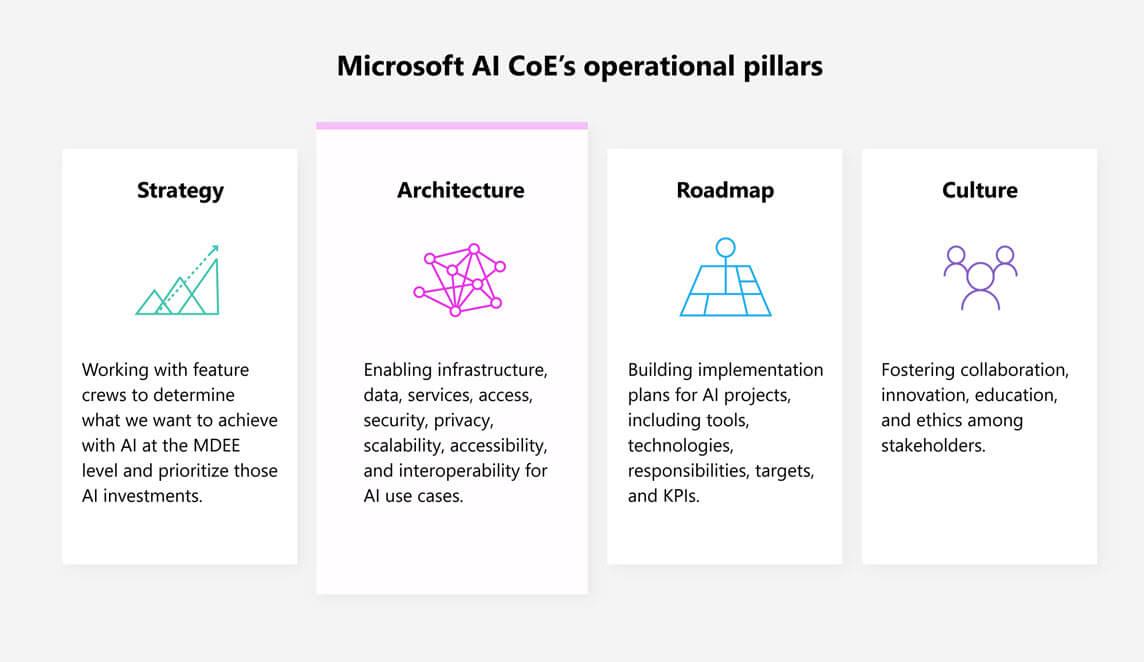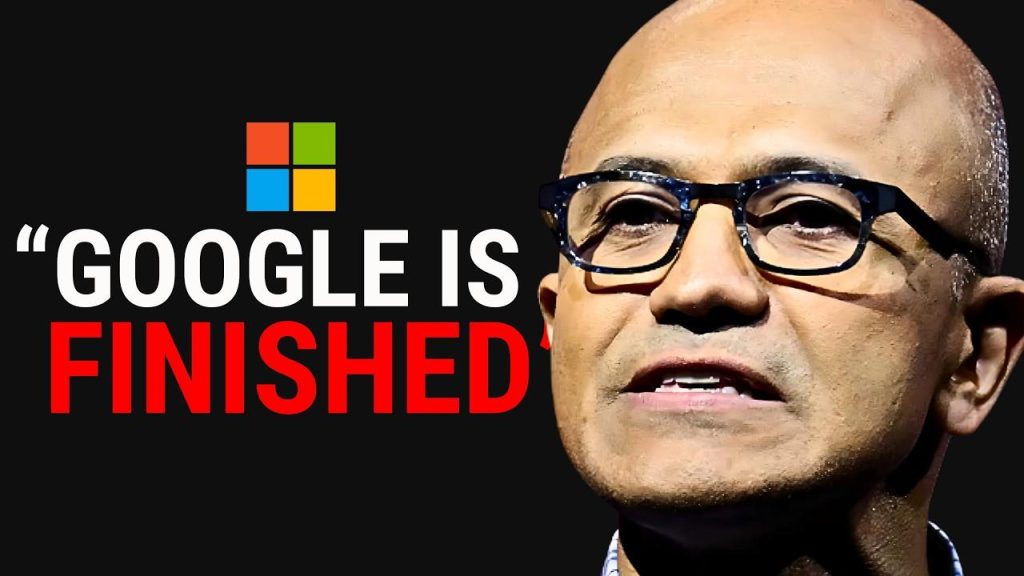In a dramatic advancement that could redefine the artificial intelligence landscape, Microsoft is reportedly pivoting away from its long-standing partnership with OpenAI. After investing over $13 billion in the company, Microsoft has been secretly working on its own AI models, named MAAI (Microsoft Artificial Intelligence), designed to rival OpenAI’s GPT-4 and Anthropic’s Claude. This strategic shift suggests that Microsoft is not only looking to reduce its dependency on OpenAI but is also positioning itself to become a formidable player in the AI field. Insider reports indicate that these new models, still shrouded in secrecy, have shown promising capabilities in both general-purpose applications and complex cognitive tasks. As Microsoft gears up to perhaps launch these models through Azure’s AI offerings as early as 2025, industry experts are bracing for a transformative era, raising questions about the future of OpenAI and the possibility of an impending AI war. In this article, we will delve into Microsoft’s emerging AI strategy, exploring the implications of MAAI and its potential to reshape the competitive dynamics of the artificial intelligence industry.
Microsoft’s Strategic Shift: Moving Away from OpenAI
In a bold move that underscores its ambition in the AI realm,Microsoft is poised to leverage its extensive resources to develop proprietary models that could set new industry standards. By shifting focus to its own algorithms, Microsoft aims to create solutions tailored specifically for its enterprise clients, enhancing both performance and customization. These models will integrate deeply with existing Microsoft platforms, providing users with a seamless experience and demonstrating advanced capabilities in natural language processing and machine learning. The company’s commitment to user privacy and data security is also a cornerstone of this initiative, assuring clients that their information will remain protected while benefiting from cutting-edge AI technology.
Furthermore,this transition signals a crucial pivot in corporate strategy,where independence from OpenAI aligns with Microsoft’s broader vision of innovation. The development of MAAI not only positions Microsoft as a direct competitor but also encourages a shift toward a more diversified AI ecosystem. To this end, the company is expected to explore partnerships and collaborations with other tech firms, enhancing the AI landscape through open standards and shared advancements. Industry analysts are now closely monitoring this evolution, as Microsoft’s entrance into the market with its proprietary models could ignite a competitive fire, challenging existing paradigms and pushing other players to innovate at an accelerated pace.
Insights into the MAAI Models: Game-Changing Technology on the Horizon
Microsoft’s forthcoming MAAI models are set to usher in a new era of artificial intelligence capabilities, redefining user interaction across various sectors. The designs focus on enhancing functional responsiveness and accuracy, addressing specific industry needs such as finance, healthcare, and logistics. Potentially game-changing features include:
- Adaptive learning that fine-tunes performance based on real-time user feedback.
- Contextual understanding that allows the models to grasp intricate scenarios and subtle nuances in communication.
- Robust integration with Microsoft tools like Teams and Office,enhancing workflow efficiency and collaboration.
- Advanced security protocols to safeguard data integrity in compliance with global regulations.
As work progresses on these models, there’s a palpable excitement within the tech community about their potential to democratize AI access. Microsoft is expected to emphasize democratization by providing smaller enterprises with tools traditionally available only to tech giants. This strategic move could level the playing field, creating opportunities for innovation among diverse teams. In parallel, the move prompts stakeholders to consider ethical implications, particularly regarding clarity and accountability in AI development. Analysts suggest that the balance between performance and responsible technology will be pivotal as Microsoft pushes forward with MAAI,likely shaping both the market and societal expectations in the years to come.
The Implications of Multimodal Capabilities in Microsoft’s AI Strategy
Microsoft’s strategic focus on multimodal capabilities signifies a transformative shift in its approach to AI development. These advancements are not merely enhancing machine learning but are enabling more elegant models capable of understanding and processing various data types concurrently, such as text, audio, and visual content. Such capabilities allow businesses to design seamless integrations between different modalities, paving the way for innovative applications across sectors including education, entertainment, and customer service.Companies can expect to harness the power of cross-functional AI tools that facilitate richer interactions and deeper insights, ultimately driving efficiency and improving end-user experiences. This commitment to multimodal functions positions Microsoft not just as a provider, but as a pioneer in crafting holistic solutions tailored to complex, real-world challenges.
Additionally, the implications extend to how businesses strategize their AI investments. By developing models that cater specifically to multimodal applications, Microsoft enhances its value proposition to enterprises, providing tools that streamline operations and foster collaboration. This evolution may lead to a reevaluation of traditional AI paradigms,as organizations begin to prioritize solutions that integrate multiple data forms for holistic analysis. With the potential for Microsoft’s new models to redefine competitiveness, firms may feel compelled to elevate their AI strategies in line with this technological evolution, thus intensifying the competitive landscape and encouraging ongoing innovation across the industry.
Potential Consequences for OpenAI: The Start of the AI War
The strategic pivot by Microsoft presents significant implications for OpenAI as the competitive landscape heats up. As Microsoft forges ahead with its proprietary models, OpenAI may face heightened pressure to innovate and expand its offerings. The emergence of MAAI not only signals a direct challenge to OpenAI’s established products, but also introduces an environment where agility and responsiveness become critical. OpenAI will need to reassess its strategies in terms of research direction, talent acquisition, and resource allocation. Industry experts suggest that retaining a competitive edge will depend on OpenAI’s willingness to invest in greater technological advancements and perhaps even explore new partnerships to bolster its capabilities against this fierce competition.
Additionally, the potential repercussions extend beyond just market dynamics; they could reshape OpenAI’s public perception and stakeholder trust. As Microsoft positions itself as a robust alternative, customers and collaborators may begin to question OpenAI’s long-term viability and its role within the AI ecosystem. Factors like data privacy, customization, and user experience will likely become central discussion points as organizations evaluate their alliances and investments in AI technology. In response, OpenAI might need to enhance its transparency and communicate its value proposition more effectively to reassure clients of its commitment to leading innovation while navigating this landscape fraught with competitive tension.























